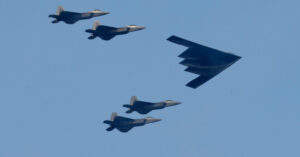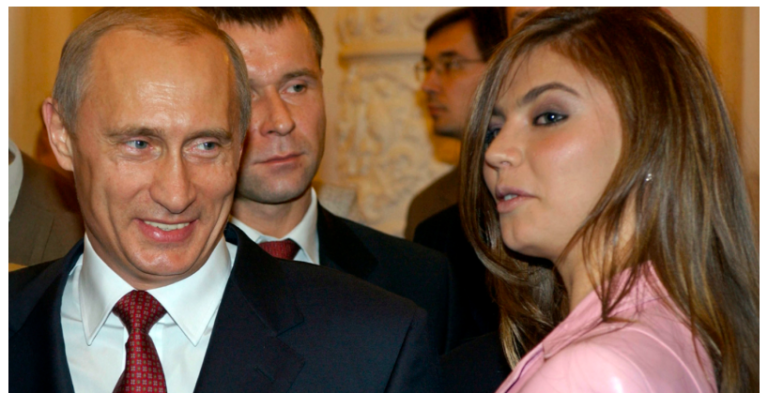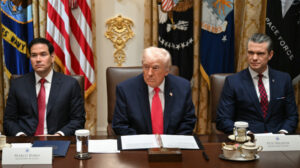The U.S. used the heavy B-2 Spirit stealth bombers to strike ammunition warehouses in Yemen, sending a clear message across the region: “We have the weapons systems to strike anyone, anywhere.”
According to U.S. Defense Secretary Lloyd Austin, this operation demonstrated the U.S.’s unique ability to target facilities hidden deep underground, no matter how fortified. He added, “Using the long-range B-2 Spirit stealth bombers of the U.S. Air Force proves America’s global capability to take action against such targets whenever necessary.”
This was the first time the U.S. deployed the B-2 strategic stealth bomber against the Houthi forces in Yemen. The B-2, much larger than the fighter jets used so far in these operations, can carry a significantly heavier bomb load.
The B-2 Spirit Stealth Bomber: The Pinnacle of U.S. Strategic Air Power
The Northrop B-2 Spirit, commonly known as the Stealth Bomber, is a heavy strategic bomber developed by the U.S., using stealth technology to evade detection by dense anti-aircraft defenses. This “flying wing” aircraft, manned by a crew of two, was designed by Northrop (now Northrop Grumman) with subcontractors including Boeing, Hughes, and Vought. Produced between 1987 and 2000, it can deploy both conventional and thermonuclear weapons, such as 80 Mk 82 JDAM bombs or 16 B83 nuclear bombs.
In the Statement released earlier by U.S. Secretary of Defense Lloyd Austin regarding tonight’s Strikes against the Houthis in Western Yemen, he states that these Strikes using B-2 “Spirit” Long-Range Stealth Bombers were a “Unique Demonstration of the United States’ ability to… pic.twitter.com/f7iOmtrbtc
— OSINTdefender (@sentdefender) October 17, 2024
The development of the B-2 began during the Carter administration’s Advanced Technology Bomber (ATB) program, which showed such promise that the B-1A bomber program was canceled in its favor.
However, development challenges led to delays and increased costs, with only 21 aircraft eventually built at an average cost of $2.13 billion each (roughly $4.04 billion in 2023). The production cost per aircraft was $737 million, with total costs, including equipment and support, reaching $929 million per unit.
The B-2 can operate at altitudes of 50,000 feet (15,000 meters) and has a range of 6,000 nautical miles (11,000 km) without refueling, extending to over 10,000 nautical miles (19,000 km) with aerial refueling. It entered service in 1997, initially designed for nuclear strikes, but it first saw combat with conventional weapons in the Kosovo War in 1999, and later in Iraq, Afghanistan, and Libya.
Today, the U.S. Air Force operates 19 active B-2 bombers, as one was destroyed in 2008 and another in 2022. The B-2s are planned to remain in service until 2032 when they will be replaced by the Northrop Grumman B-21 Raider.
The B-2 program was highly classified, requiring strict security clearances for all involved. Workers at the Pico Rivera, California plant where the aircraft were built, had to maintain strict confidentiality. The B-2 was publicly unveiled for the first time in 1988 at Plant 42 in California, but access was limited.
Designed for deep-penetration strikes into enemy territory, the B-2 uses its stealth capabilities and high aerodynamic efficiency to evade detection while carrying up to 40,000 pounds (18,000 kg) of armament. It is equipped with advanced targeting systems like the GPS-Aided Targeting System (GATS) and JDAM bombs.
Ask me anything
Explore related questions





